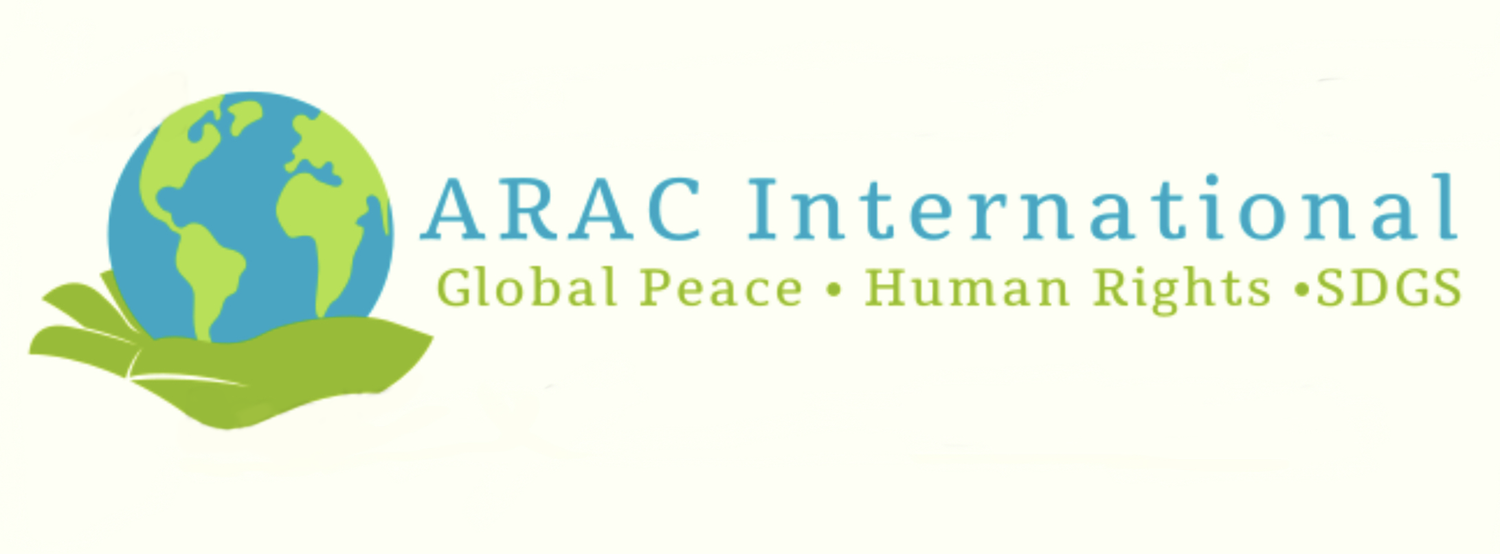Insider Threat Awareness 8 Tips for Nonprofits
Insider Threat Awareness: Best Practices for NGOs and Nonprofits
Understanding the Risks
Insider threats are not limited to for-profit sectors; they are equally critical in non-governmental organizations (NGOs) and nonprofits where trust and transparency are paramount. These threats can manifest as fraud, information leaks, sabotage, or any malicious activity that disrupts operations and damages trust. Given the sensitive nature of the work and the often limited resources, it is crucial for NGOs and nonprofits to develop robust insider threat awareness and mitigation strategies.
Key Best Practices for Insider Threat Management
Comprehensive Background Checks: Start at the hiring stage by conducting thorough background checks. This includes verifying previous employment, checking references, and understanding any gaps in employment history. Continuous screening, even post-hire, can also help in early identification of potential risks.
Implement Access Controls: Limit access to sensitive information based on roles. Implementing the principle of least privilege (PoLP) ensures individuals have only the access necessary to perform their job functions. This minimizes the potential damage an insider could cause.
Foster a Culture of Security: Encourage a security-aware culture where employees feel responsible for the collective safety and integrity of the organization. Regular training sessions on security best practices and the ethical standards expected of them can reinforce this culture.
Establish Clear Policies and Procedures: Clearly written and communicated policies help ensure everyone knows what is expected of them and the consequences of policy violations. This includes guidelines on data handling, confidentiality agreements, and the steps to follow when security concerns arise.
Maintain Robust IT Security Measures: Use technology to your advantage by implementing software that can detect unusual access patterns or unauthorized information sharing. Regular audits and updates to these systems are vital to keep up with evolving threats.
Promote Transparency and Open Communication: Create an environment where employees feel safe discussing concerns about colleagues’ behavior without fear of retribution. An anonymous reporting system can be instrumental in uncovering issues before they escalate.
Develop a Comprehensive Incident Response Plan: Have a clear plan in place for responding to security incidents. This should include immediate steps to control and mitigate damage, mechanisms to investigate the breach, and strategies for communication with stakeholders.
Regular Training and Awareness Programs: Continually educate your staff about the potential insider threats and their indicators. Awareness programs should be interactive and updated regularly to cover new and emerging risks.
Collaborating for a Secure Future
By fostering a holistic and proactive approach to insider threat management, NGOs and nonprofits can better protect their staff, operations, and missions. Collaboration across all levels of the organization is essential to ensure these practices are effective and that the organization can adapt to new challenges as they arise.
Remember, security is not just the responsibility of the IT department or management but of every individual within the organization. A vigilant and well-informed team is the best defense against insider threats.
For NGOs and nonprofits looking to implement or enhance their insider threat awareness programs, these practices provide a strong foundation. It's about building a culture of trust and vigilance where security becomes a part of the organizational DNA.
By M. Nuri Shakoor, SRMP-C, INSSA


